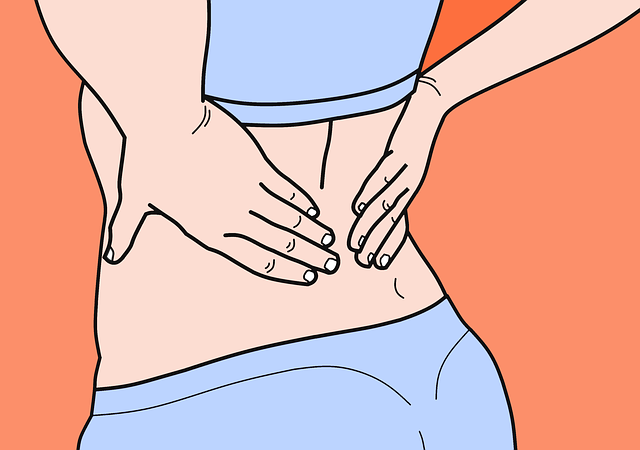
In a new study, researchers found that many Medicare patients with new episodes of low back pain receive care inconsistent with current guidelines – including high use of opioids and advanced imaging tests.
They found opioids are prescribed to nearly one-third of older adults with “new and persistent” low pack pain – in most cases without trying guideline-recommended pain medications or physical therapy.
Low back pain is a common reason for healthcare visits – in a given year, about ten percent of people will develop a new episode of low back pain.
The study used Medicare claims data on more than 162,000 older adults with new low back pain from 2011 through 2014.
About 70% of patients were women; the average age was approximately 77. None had received previous opioid treatment.
The analysis included information on multiple visits for low back pain over the course of a year, providing data on the timing and sequence of care.
Over half of the patients (54%) made only one healthcare visit for low back pain. That’s consistent with evidence that many new episodes of low back pain are self-limiting.
As stated in the current American College of Physicians guidelines, most patients with low back pain “improve over time regardless of treatment.”
The team found that advanced imaging studies – computed tomography (CT) or magnetic resonance imaging (MRI) scans – were used in about 15% of patients overall, and 29% of those with two or more low back pain visits.
In about half of cases, CT or MRI scans were performed within six weeks.
That’s contrary to an American Academy of Family Physicians statement that most patients don’t need advanced imaging studies for initial evaluation of low back pain.
Opioids were prescribed to about one-fourth of patients overall, including one-third of those with two or more low back pain visits.
In contrast, low back pain guidelines suggest that other pain relievers – including nonsteroidal anti-inflammatory drugs (NSAIDs), such as naproxen or ibuprofen – should be tried before opioids.
Physical therapy was prescribed to only 11% of patients overall and 17% of those with two or more visits. Evidence suggests that early use of physical therapy can avoid the use of opioids in patients with low back pain.
The team also found most patients treated with opioids had not received a prescription NSAID or physical therapy.
Chronic opioid use developed in about one percent of patients overall, and nearly two percent of those with two or more visits.
The team calls for future studies examining barriers to guideline-recommended treatments for low back pain in older adults – particularly physical therapy and NSAIDs.
They also point out that pain management can be challenging in older adults, highlighting the need for studies to compare the safety and effectiveness of medication options.
The study is published in Medical Care.
Copyright © 2019 Knowridge Science Report. All rights reserved.



